Embarking on a culinary journey across Europe is one of the most delightful experiences the continent has to offer. From the acclaimed Nordic fare of Copenhagen to the rich flavors of Turkey, Europe’s top food destinations are as varied as its cultures.
However, selecting the best places to dine during your travels can be daunting. Iconic food cities like Paris and Barcelona have long been favorites. But don’t overlook the exciting up-and-coming culinary scenes that are just as surprising and often more budget-friendly.
With the launch of the inaugural MICHELIN Guide dedicated to Portugal this February, the impending closure of Copenhagen’s renowned Noma, and Lithuania’s emerging cuisine showcased at the new Pink Soup Fest in Vilnius, 2024 could be the perfect year to explore less-visited culinary hotspots in Europe.
If you’re eager to savor a traditional Georgian feast or venture on a French food tour beyond Paris, here are some of Europe’s top food cities and regions to plan your next gastronomic adventure around.
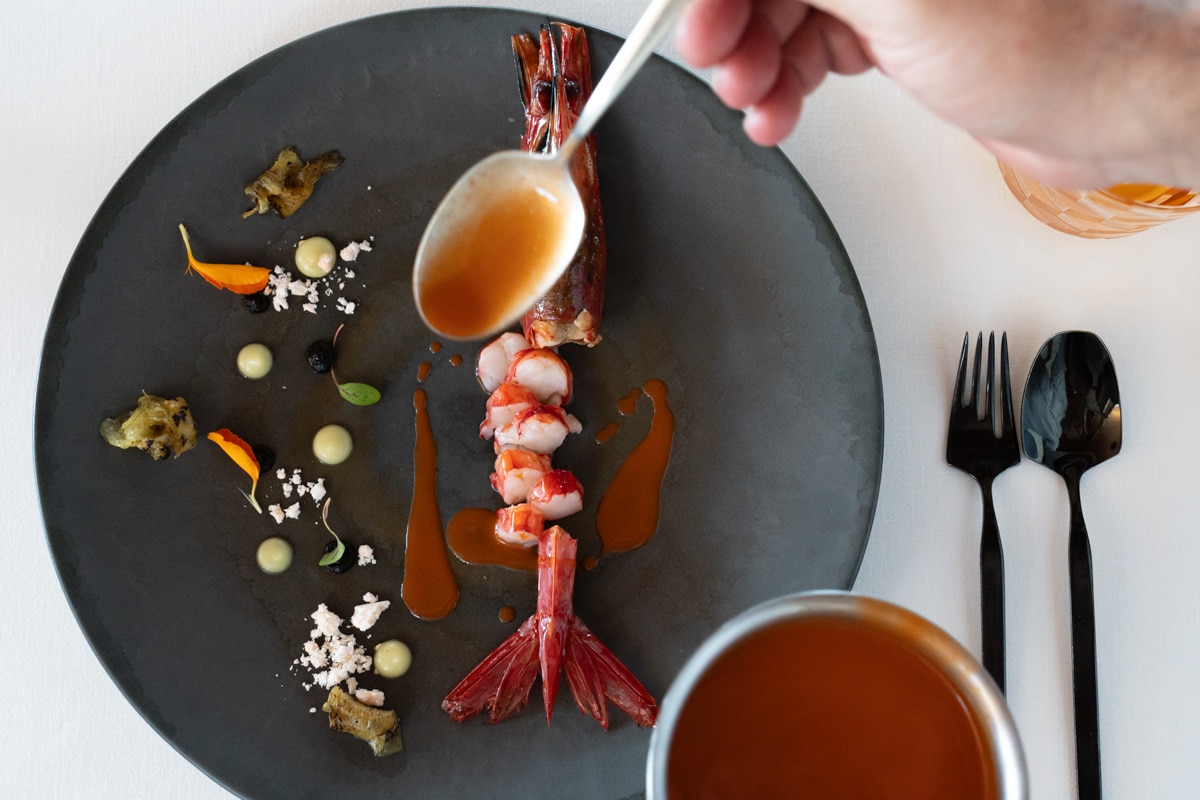
Porto, Portugal
Having lived in Portugal for six years and visited for decades, I’ve witnessed the remarkable evolution of the country’s culinary landscape. Attending the very first MICHELIN Gala Dinner dedicated to Portugal was a proud moment, celebrating the innovation of many young chefs. Even as dining establishments become more upscale and chefs push creative boundaries, Portuguese cuisine has largely retained its traditional roots, emphasizing the quality of its fresh ingredients. While the Mediterranean cuisine of the Algarve is exquisite, and Lisbon offers many tourist-oriented options, I argue that Porto is the true capital of gastronomic delights in the nation. This northern city competes seamlessly with Europe’s established culinary hubs.
Porto’s Chef of the Year 2023, the talented Vasco Coelho Santos, runs several outstanding restaurants here. The Atlantic’s offerings ensure a steady supply of top-notch seafood, and with the Douro River winding its way inland, you’ll always have access to a perfect glass of Port or a fine bottle of wine. Moreover, Porto is wallet-friendly, with options ranging from traditional dishes at a cozy tasca to indulgent meals at a chef’s table.
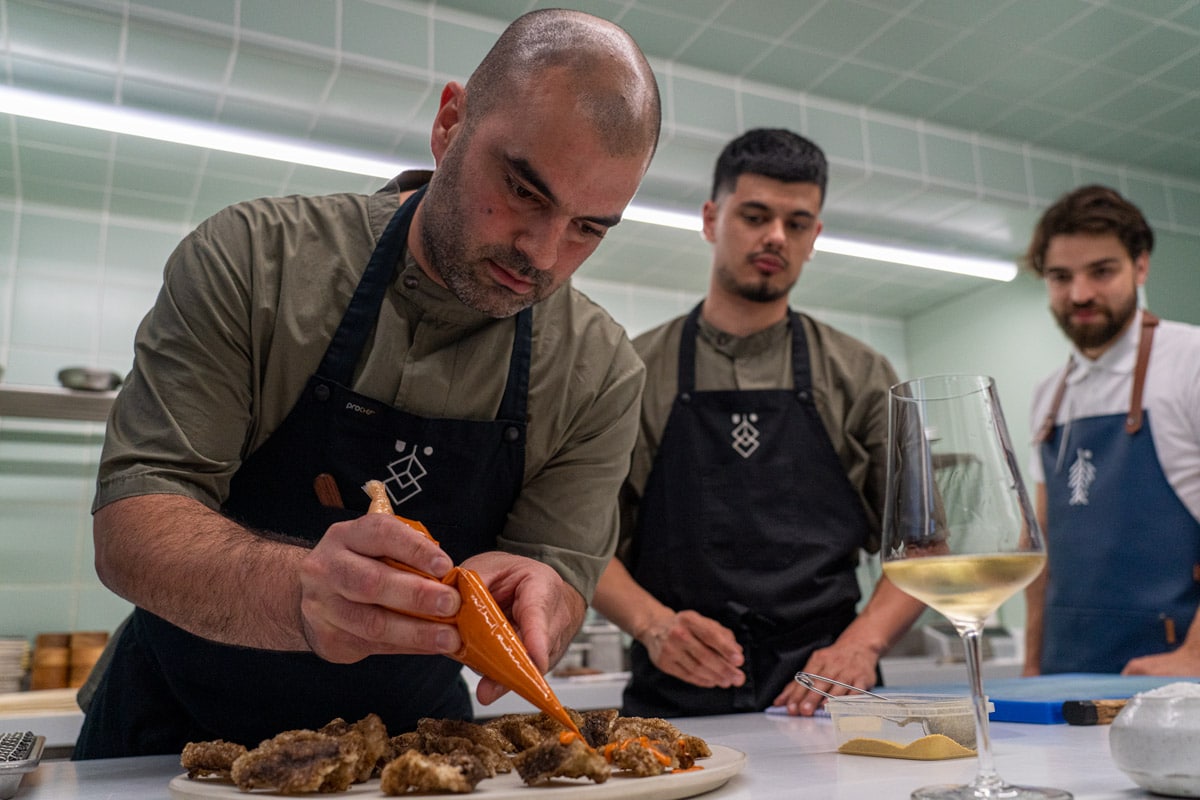

Highlights of Porto’s Dishes, Restaurants, and Culinary Experiences
Choosing what and where to eat in Porto is part of the fun. For traditional fare, order a francesinha, a sandwich inspired by the croque-monsieur, layered with cheese, smoked sausage, and various meats, all enveloped in a slightly spicy beer sauce – the original is served at A Regaleira. You can also try bacalhau à gomes de sá, Porto’s unique version of Portugal’s beloved salted cod. For something different, follow in Anthony Bourdain’s footsteps and taste tripas à moda do porto, a bean and tripe stew that reflects the city’s history, at A Cozinha do Martinho. For a special treat, I highly recommend dining at Chef Rui Paula’s ocean-view Casa do Boa Cho Nova or at Vasco Coelho Santos’ Euskalduna Studio, both offering Michelin-starred tasting menus focused on seafood.
During a weekend in Porto, you can easily hop between Gaia’s Port lodges across the river, explore the iconic sights and charming restaurants along the Ribeira, visit Bolhão Market for snacks and souvenirs, and even take a scenic train or boat ride to the Douro’s vineyards. For a more personalized experience with one of Portugal’s top chefs, consider reaching out to The Art of Tasting Portugal, where the delightful Patricia and her team will guide you through the city’s culinary scene like a local.
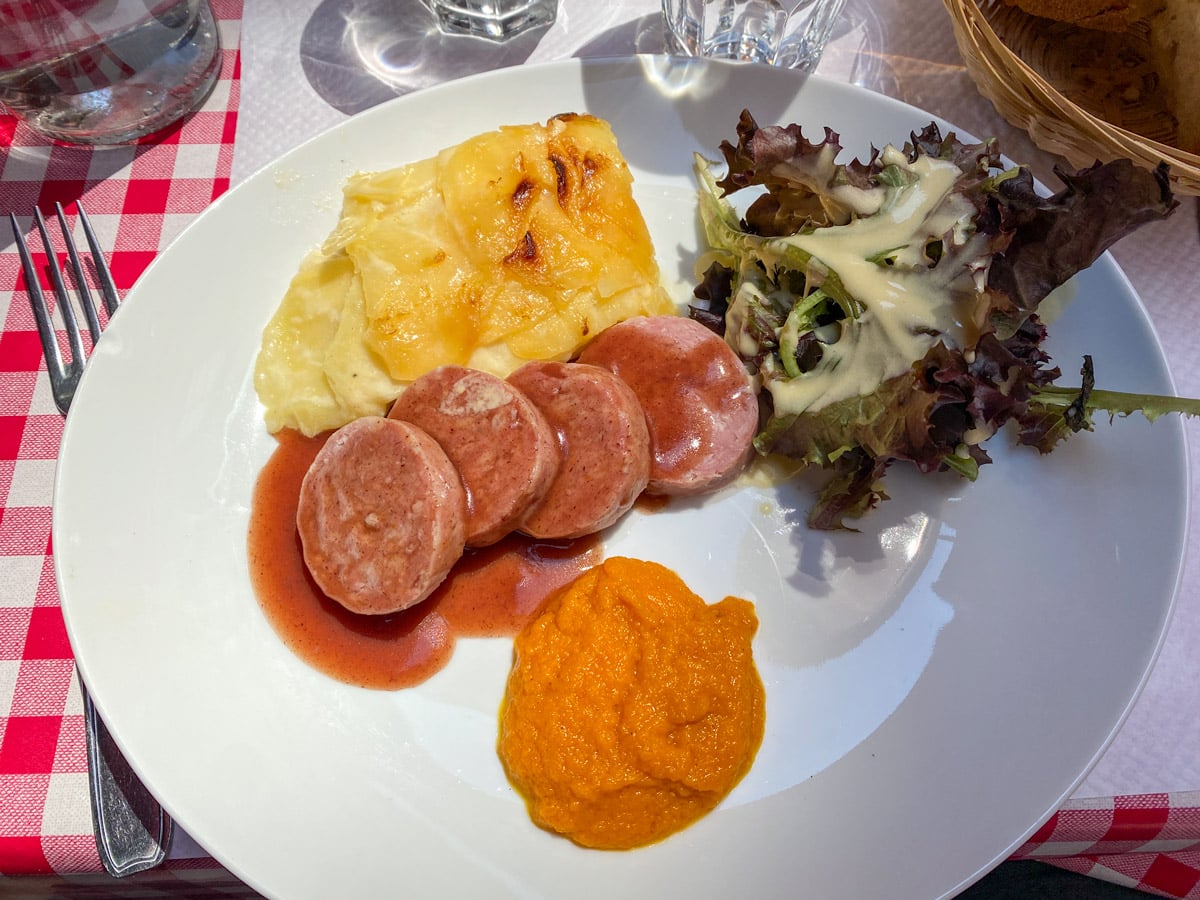

Lyon, France
Lyon is often heralded as one of France’s top destinations for a culinary getaway. Many even call it the “Food Capital of the World.” Rather than the fast-paced eateries of Paris, set your sights on Lyon’s bouchons, which are traditional restaurants in the country’s third-largest city. So, what makes Lyon one of Europe’s premier food cities? Lyonnaise cuisine has developed through centuries, starting with the Romans introducing wine and refining pork products, augmented by Italian influences that emerged in the 16th century.
The city’s geographical advantages also contribute. Nestled between the Alps and the Mediterranean, with rich farmlands to the north ideal for livestock, Lyon serves as Europe’s culinary nexus—where both butter and olive oil coexist harmoniously. Combine these elements with the city’s exceptional regional flavors, proximity to renowned wine regions, charming dining spaces, and picturesque Old Town boasting numerous al fresco options, and you have a stellar destination for food lovers.
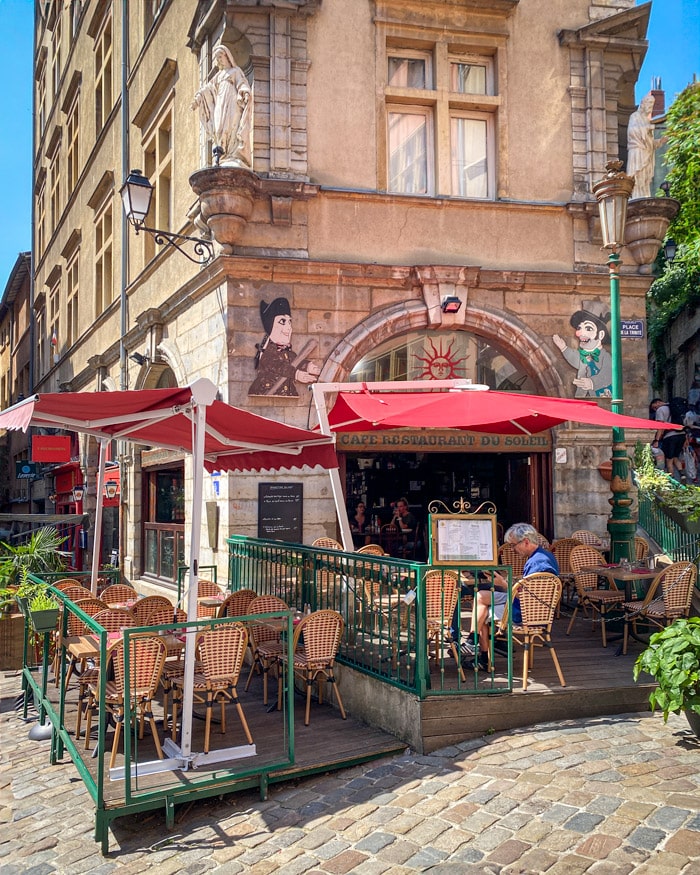

Essential Dishes, Restaurants, and Food Tours in Lyon
Pork dominates Lyonnaise cuisine, and the city offers charcuterie in countless varieties. Popular options include blood sausages like boudin noir, coarse-stuffed andouillette served with mustard, and the famous Rosette de Lyon, a cured sausage. Heartier dishes like meat-stuffed quenelles in creamy sauce or coq au vin, chicken cooked in rich red wine, are staples on most menus. For a lighter meal, opt for a salade lyonnaise, topped with a poached egg.
For a Michelin-star experience, you can’t go wrong at the legendary restaurant of the late Paul Bocuse or the innovative Guy Lassausaie’s contemporary venue. Affordable lunch menus are also widely available throughout the picturesque Presqu’île arrondissement. Lyon is further enriched by its close proximity to nearby wine regions, such as Beaujolais or Burgundy. Book a culinary tour through the heart of east-central France for not only a taste of Lyon’s delights but also vineyard tours showcasing the production of oaked Chardonnays and young Gamays—perfect complements to your culinary journey.
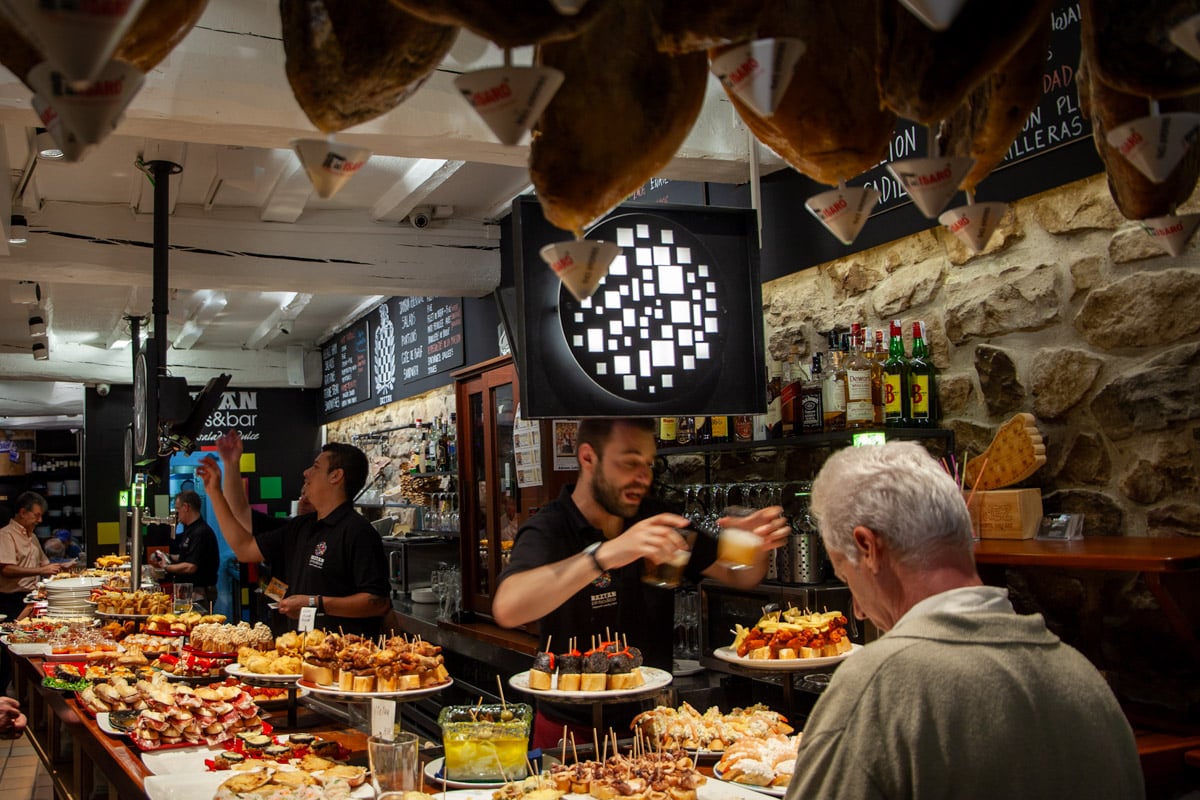

Basque Country, Spain
San Sebastián, or Donostia as the locals call it, is often regarded as Spain’s premier destination for a food-focused trip in Europe. For centuries, it has been a haven for pintxos—delicious finger foods—and a hub for secret gastronomic societies and aspiring chefs trained at the esteemed Basque Culinary Centre. This stunning coastal city in northern Spain is just the beginning; the Basque Country also boasts crisp, lightly sparkling txakoli wines, vibrant red Riojas, and a culinary heritage that celebrates both land and sea.
With all these culinary gems, it’s clear why the region is a coveted destination for food lovers. Spend a couple of days in San Sebastián indulging in bar crawls around the Parte Vieja (Old Town), where you can relish exquisite pintxos without the distraction of boozy atmosphere. Next, venture inland to the lovely Medieval town of Laguardia, a crossroads between the Basque Country and the renowned Rioja Alavesa wine region, where you can explore fascinating underground wine cellars like Bodega El Fabulista. And what’s a trip to the Basque Country without a stop in Bilbao, known for its incredible provincial cuisine at reasonable prices?
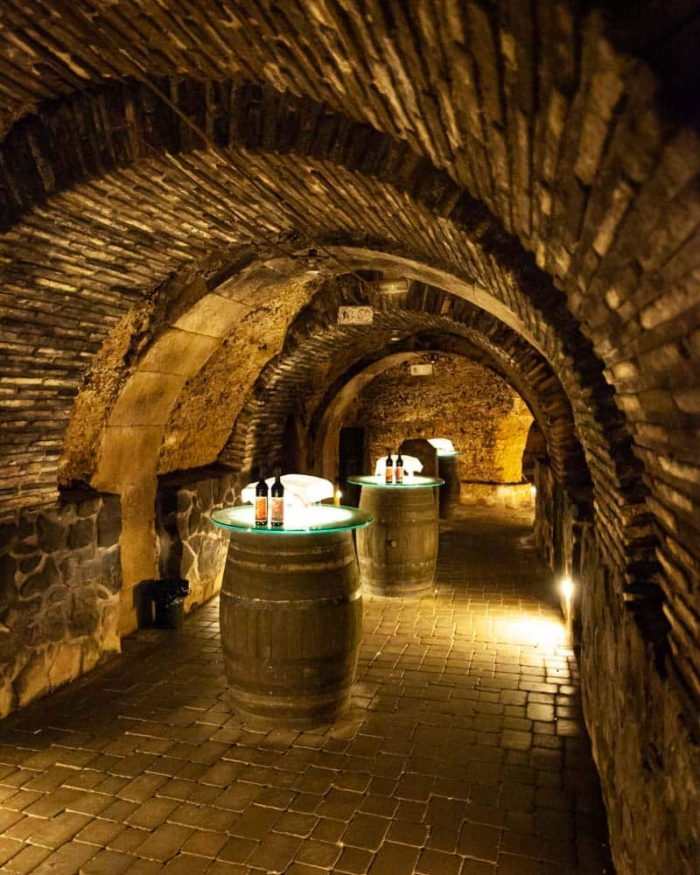

Top Dishes and Culinary Experiences in the Basque Country
While San Sebastián holds the title for Europe’s top food city, the Basque Country is rich in exceptional dishes throughout the region. Beyond the exquisite pintxos—explore Calle 31 de Agosto for the ultimate bar crawl—you’ll find hearty traditional dishes like marmitako (a tuna stew), bacalao al pil pil (salted cod prepared with spices), and txipirones en su tinta (baby squid cooked in ink) for a fulfilling meal. To conclude your culinary journey, savor a slice of the famous burnt Basque cheesecake, perhaps from La Viña, and you’ll be in gastronomic paradise. Enjoyable dining doesn’t need to break the bank, but if you seek a Michelin-star experience, consider Etxanobe Atelier in Bilbao or Elena Arzak’s renowned restaurant in San Sebastián.
If you’d prefer someone else to arrange your culinary exploration, I highly recommend the Northern Spain Food Tour by Intrepid, which I’ve experienced myself. Stretching from Barcelona to Santiago de Compostela, this mouthwatering journey focuses on the Basque Country’s culinary offerings. You will also have the unique opportunity to visit a txoko, one of San Sebastián’s intimate communal kitchens known for welcoming invited guests—this is a fantastic way to experience authentic Basque hospitality.
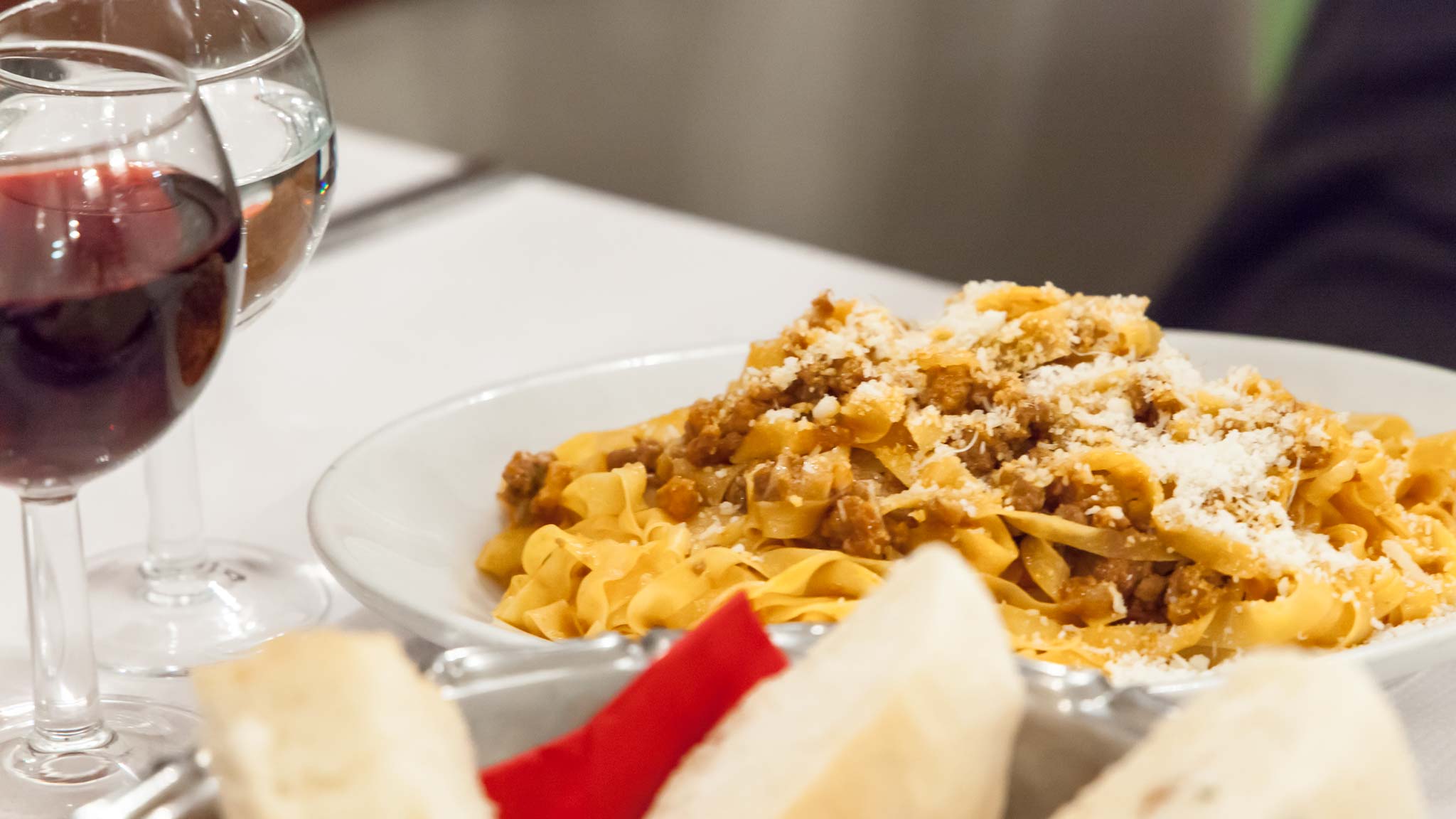

Florence, Italy
When compiling a list of the best food cities in Europe, numerous Italian contenders vie for the top position. While Emilia Romagna might be my personal favorite, Florence stands out as a well-rounded city for exploring Italian cuisine. Pizza and pasta are certainly staples, but Tuscan cuisine delves much deeper. Here, the region’s exquisite flavors and acclaimed wines have been refined over generations within one of Italy’s most popular UNESCO World Heritage sites.
Undoubtedly, dining is a highlight of any visit to Italy, but Tuscan cuisine is particularly unique. This heritage stems from its ancient Etruscan civilization through to today’s innovative chefs, each shaping Florence’s culinary landscape. The region is rich in simple yet fresh ingredients. Bread is traditionally unsalted due to a historical tax, while the olive oil is of exceptional quality. Additionally, hearty meat dishes, such as robust steaks and flavorful game, coexist with cantucci, Tuscany’s classic almond biscuits often referred to as biscotti.


Tuscan Dishes, Top Restaurants, and Foodie Walking Tours in Florence
Florence shines as a food destination due to its vast array of restaurants. As a popular tourist locale, the historic center offers many renowned and pricier establishments, especially around the Duomo and Ponte Vecchio. However, you’ll discover more affordable trattorie across the river in the more local and relaxed Oltrarno. Wherever you dine, don’t miss the chance to savor signature Tuscan pasta dishes like pappardelle served al cinghiale (with wild boar ragù) or delightful stuffed tortelli. Tuscany’s unsalted bread is commonly paired with garlic and oil-topped fettunta (akin to a Tuscan bruschetta) and pappa al pomodoro, a hearty tomato and bread soup.
For exceptional meat, the answer is always Bistecca alla Fiorentina. Pair these dishes with Tuscany’s standout wines, particularly red varieties like Chianti, the most well-known label. For an enhanced experience, consider a food tour in Florence to connect with local farmers, bakers, and chefs as you explore the rich flavors of Tuscany. And for a romantic evening in one of Italy’s most enchanting cities, reserve a table at the Michelin-starred Enoteca Pinchiorri, perfect for a memorable meal and perhaps a proposal.
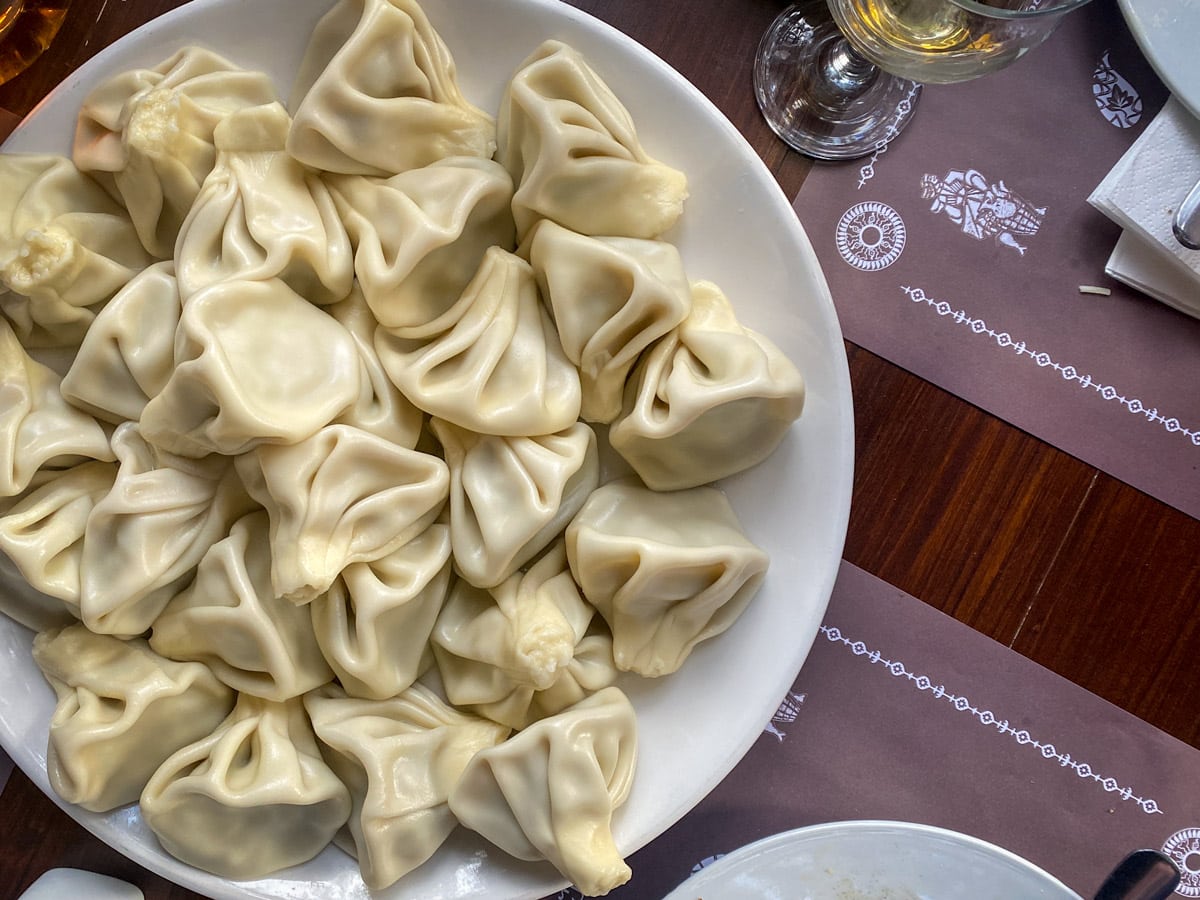

Georgia (the entire country)
When discussing Europe’s best cuisine, Georgian food is frequently overlooked. Yet this country boasts some of the oldest and finest wines, dishes rich with creamy cheeses, and perhaps the most delectable dumplings you’ll ever taste. Georgia ranks as one of my favorite culinary destinations to indulge, with supras—lavish, overflowing feasts—being a significant part of cultural tradition.
Georgia’s winemaking history dates back approximately 8,000 years. After enjoying your first glass of qvevri wine—produced in traditional clay vessels—crafted from Saperavi or the little-known Rkatsiteli white variety, you’ll truly appreciate its allure. The table settings are equally rich in history; Georgian cuisine reflects ancient grilling techniques (known as mtsvadi), influences from neighboring nations, flavors from Mediterranean traders, and spices from the Old Silk Road. Each region of Georgia proudly showcases its unique specialties.


What to Eat and Drink in Georgia and Where
Georgia lacks a Michelin Guide—and it doesn’t really need one. Instead, embark on a self-guided food tour around Tbilisi, the capital, and one of Europe’s most underrated cities, where you’ll find a plethora of affordable eateries vying for your attention. The Abanotubani district features many tourist-focused restaurants, but there are hidden gems worth discovering further afield. Two of my personal favorites are Chashnagiri, a local chain offering a broad selection of dishes at great prices, and Amra, which specializes in dishes and wines from the Abkhazia region.
Do not miss trying khinkali, Georgian dumplings filled with spiced meat, which you must sip from the soup hidden inside. Khachapuri, a delightful boat-shaped bread filled with cheese and topped with an egg, is indulgent. Badrijani, which features eggplant and walnut paste rolls, is exceptional, while chkmeruli, slow-cooked chicken swimming in garlic sauce, ranks among my absolute favorites. Just the thought of these dishes makes my mouth water! While enjoying Tbilisi’s culinary scene on your own is entirely feasible, feel free to reach out to my former housemates, Tom & Megan, who lead Eat This Food Tours, to guide you through Georgia’s rich gastronomy.



